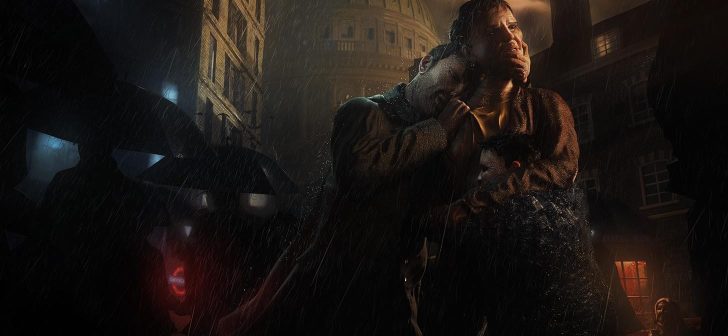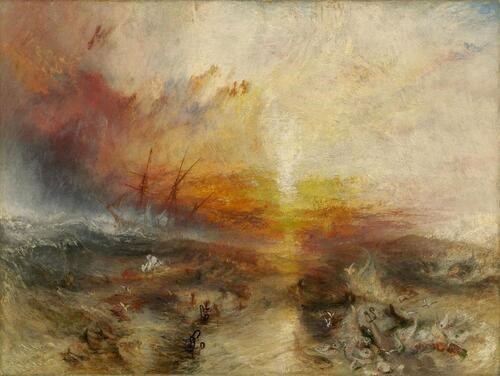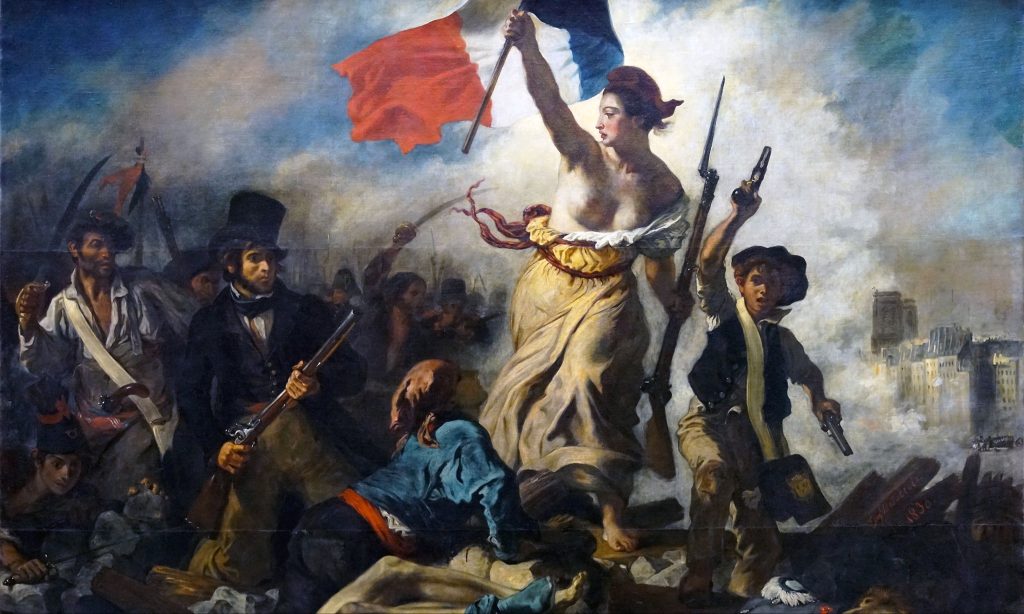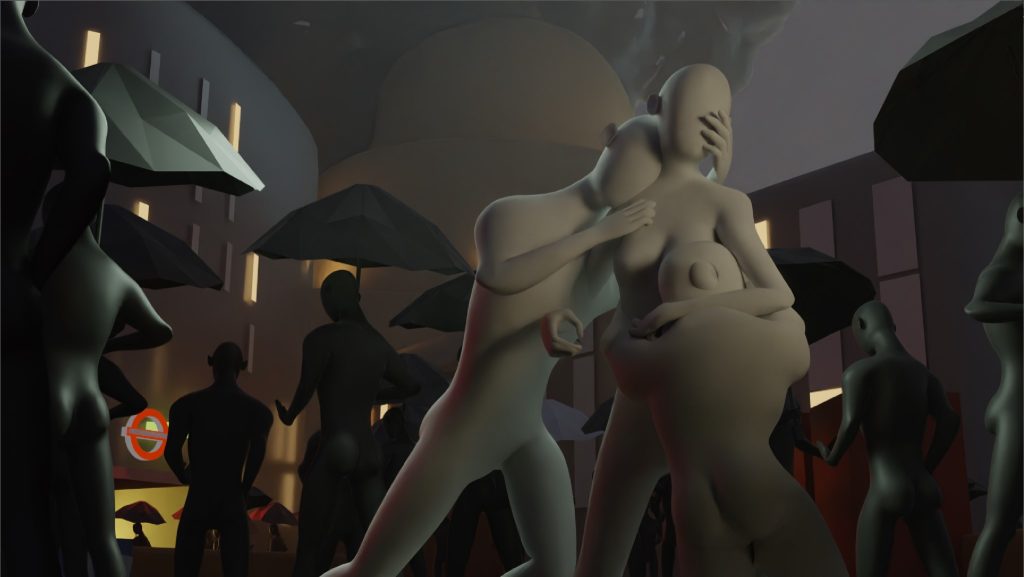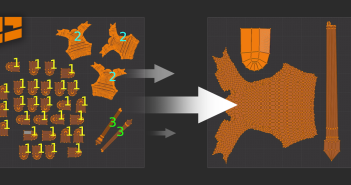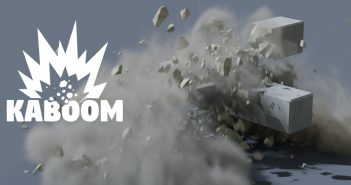INTRODUCTION
My interest and enthusiasm for 3D and computer-generated imagery began when I was 12 or 13 years old growing up in rural Finland, seeing magic happen in the form of cinema and video games. From the Basilisk in the Harry Potter series to the otherworldly jungles of Uncharted: Drake’s Fortune, I was gripped by the technology, in awe and wonder, wondering how it was possible to create things that seem of this world yet are interactive and mystical.
Blender was the only free software of substance on the market, so I downloaded the program and began a hard and difficult endeavor to create even a snowman in 3D. I always remember the first years of Blender being really, really hard; the UI was confusing, and it required real thinking and resilience to achieve anything worthwhile. At some point, even my parents were trying to figure out some basic modeling with me. I never formally trained in 3D nor planned on a career as a 3D artist, but kept doing it as a form of pure dreamlike creation.
Over the years, I've just stuck to 3D and Blender, or it has stuck to me. This has given me opportunities such as working in the advertising industry or being self-reliant in creating visual effects for my films. I'm 25 years old now, and Blender is still an incredibly important tool in my process of designing films or making some pocket money on the side as a form of freelance work. And I can't see that changing anytime soon.
INSPIRATION
The original spark for 'Wanting to Leave' came from my experiences in London, which had a certain atmosphere and vibe around me in the cold winter rain. I observed the city looming over so many families, the hardworking atmosphere of the daily rush affecting their relationships, as well as visited various art galleries in the city. I was in awe of the 18th-century European romantic painters such as J.M.W. Turner or John Everett Millais, from the use of posture in depictions of the French revolution to the use of impressionistic romantic color in Turner’s paintings.
Moreover, contemporary inspiration came from the larger-than-life art direction in the new God of War games, which was rather inspiring, with the grandiose mountains almost falling on top of the player. An environment artist at Sony Santa Monica wrote about it in an Artstation post. The same method is used with the building in the background in ‘Wanting to Leave’. The St Paul's cathedral is actually tilted towards the camera in 3D space.
MODELING
The actual process of creating any artwork starts with a sketch or a basic block mesh.
After I am happy with the basic blocking and potential lighting, I move into modeling the characters. I start with pretty basic mesh work, one character at a time in a general T-pose, building out the clothes and general details such as necklaces or earrings. After the basic block of the model is done, I do a very basic rig and pose them accordingly. Rigging the characters gives me freedom to change the poses during the process of creating the artwork.
There are very few shortcuts taken in my process. Everything is modeled one thing at a time. When it comes to a single-frame artwork such as this one, I try to avoid procedural modeling or texture work. You want there to be a handcrafted sense to the models. This is somewhat showcased in the buildings in the background; the rooftops and the chimneys are not dead-straight. I try to have as many imperfections in the shapes as I can, without it being distracting.
Once the basic modeling is done, I start sculpting detail into the models, from skin wrinkles to clothing. This is all done in Blender in the sculpt mode.
TEXTURING
All the texture work is done in Photoshop, mostly drawn on a pen tablet, which gives the texture work a more painterly feel. Most of the detail in the shaders is achieved using noise maps applied to the roughness value and supported by some simple normal map work. The skin texturing is also pretty straightforward, with only primary colors painted into the diffuse texture. The majority of the skin detail is derived from sculpting and a noise texture map used to drive a 'displace' modifier, simulating pores.
The rain droplets are created using a simple particle system in Blender.
POST-PROCESSING
The shading and rendering were done all in Cycles. The compositing of the different render layers (characters, buildings, sky, rain, atmosphere) was done in Photoshop.
Compared to the wider world of computer-generated imagery, the tools and methods used in creating the artwork are quite simple, thus putting emphasis on the storytelling and art direction of the piece.
WANTING TO LEAVE
She bore a flame;
that’d she’d love him until the day she died, but she lied.The promises of yesteryears, pouring down, like acid rain.
Too much, too late, as she longs for the country called home;- Wanting to Leave.
And that's it. Thank you for reading my article.
I hope you have a nice day!
About the Artist
Matias Raassina, a filmmaker and a digital artist from southern Finland. He is currently living and working in London, England.

